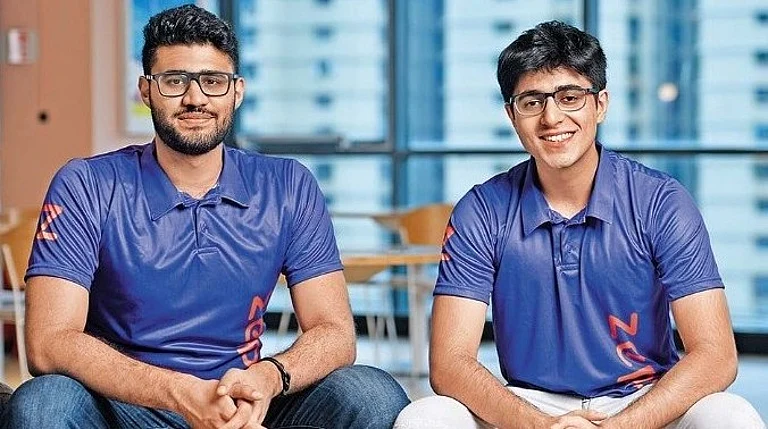The National Telecom Policy aims to attract ₹1 lakh crore annual investments and create 10 lakh new jobs in the sector by 2030, according to the draft document released by the Department of Telecom.
The draft policy aims to position India among the top 10 global hubs for innovation and research in emerging technologies, such as 5G and 6G, AI, IoT, and Quantum Communications.
"The NTP-25 aims to accomplish the following strategic objectives in the Telecom Sector by 2030...universal and meaningful connectivity for all, double the contribution of the sector to India’s GDP, ...achieve an annual investment of ₹1,00,000 crore," the draft policy document issued on July 24 said.
The telecom department has invited public comments on the proposed policy within 21 days from the date the circular was issued.
The policy will aim to make India not only a leading consumer of digital technologies, but also a trusted global provider of telecom products, services, and solutions.
"The National Telecom Policy 2025 (NTP-25) would position India to become the manufacturer of choice of telecom products for the world. It outlines a comprehensive roadmap for investment in research, upskilling of the workforce, infrastructure modernisation, and effective spectrum management to support in a sustainable manner for emerging use cases across smart cities, industry 4.0, rural broadband, emergency response, and digital governance," the draft said.
The policy aims to double the export of telecom products and services, the number of telecommunications startups and the sectoral R&D spending on emerging telecom technologies.
It has set a target to create an innovation-centric non-profit company and attain 10% global share in 6G-related intellectual property rights by 2030.
Under the NTP-25, the government will explore the establishment of a sovereign patent fund with an objective of creating a Standard Essential Patent (SEP) pool for widely used telecom technologies and supporting the development of Standard Essential Patents (SEPs) in emerging tech.































